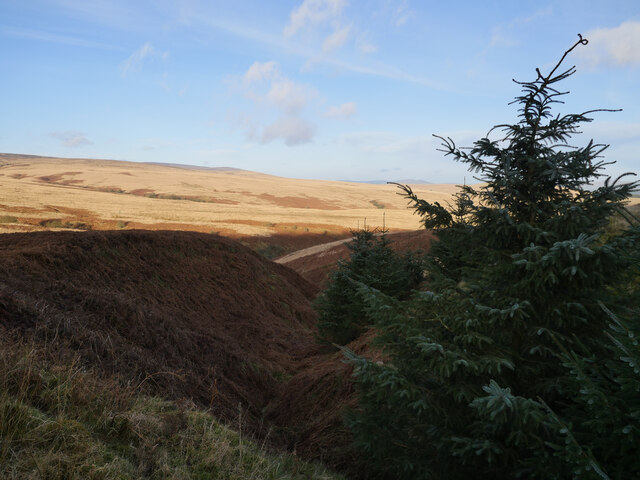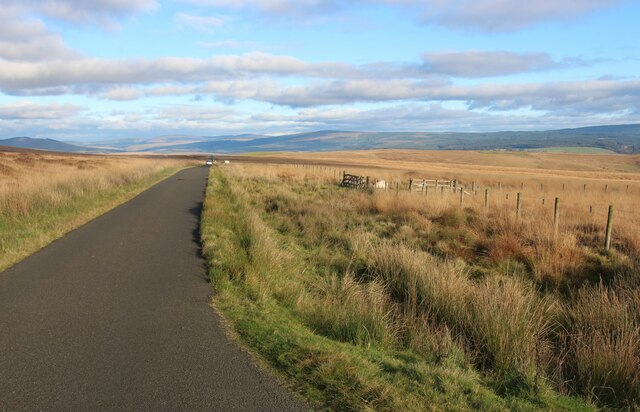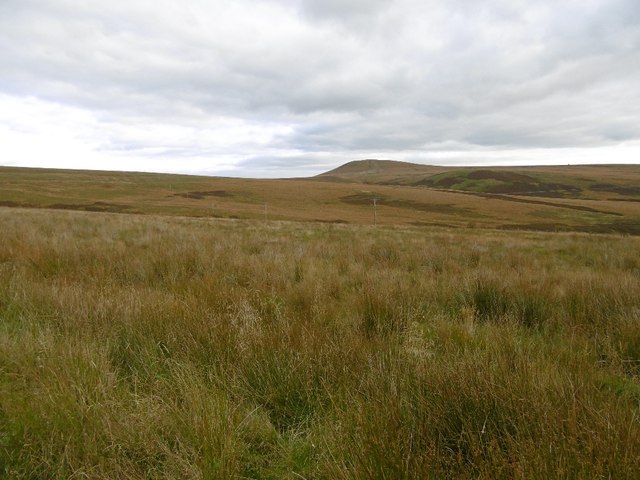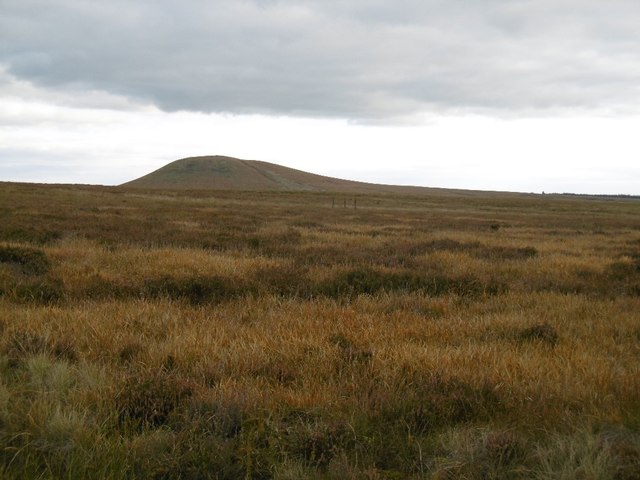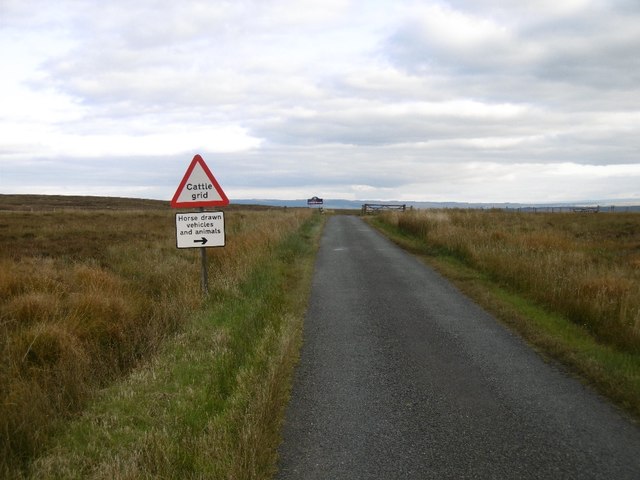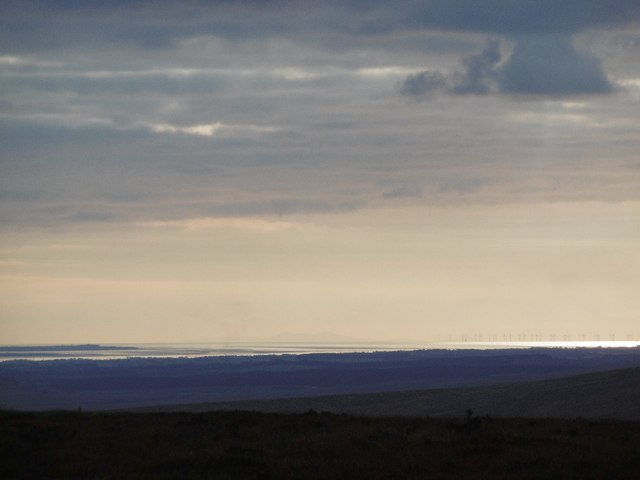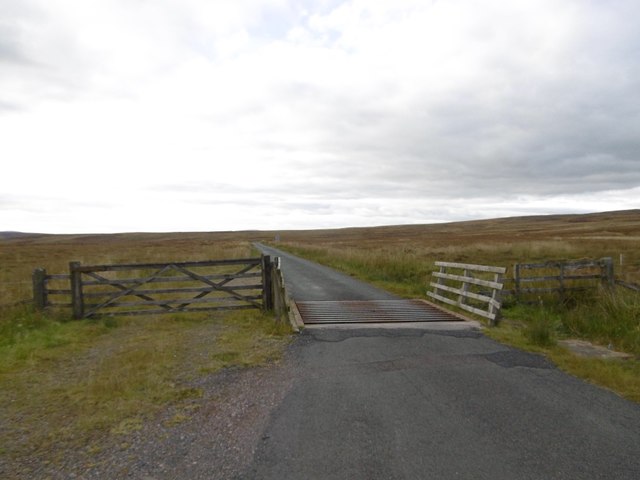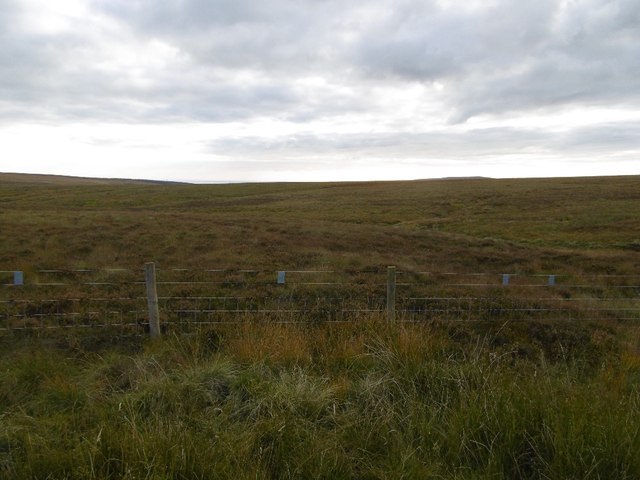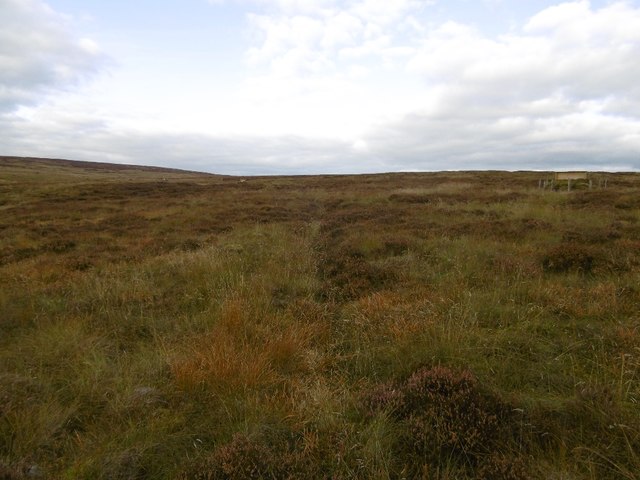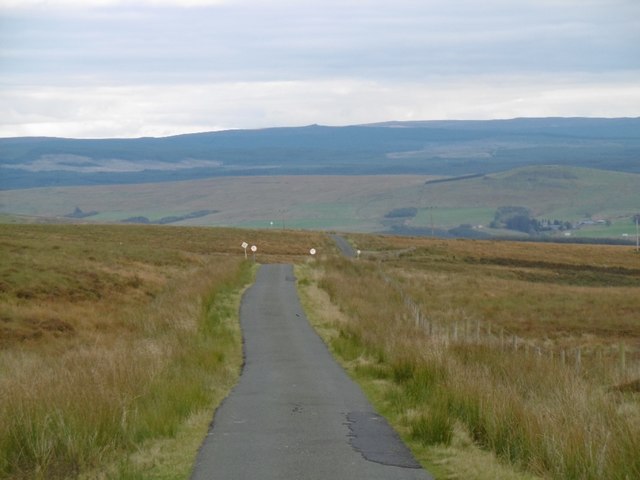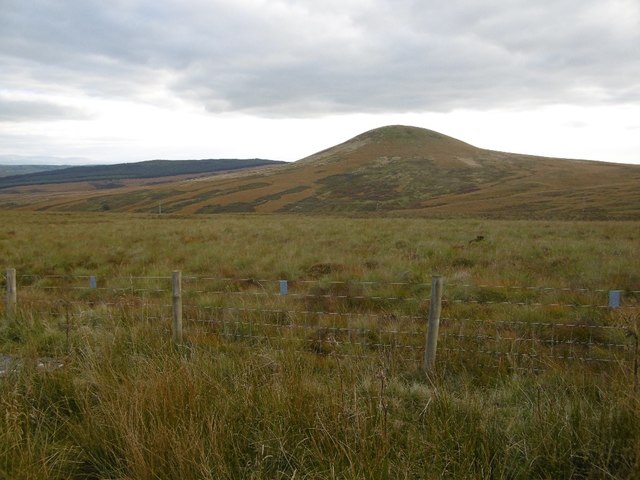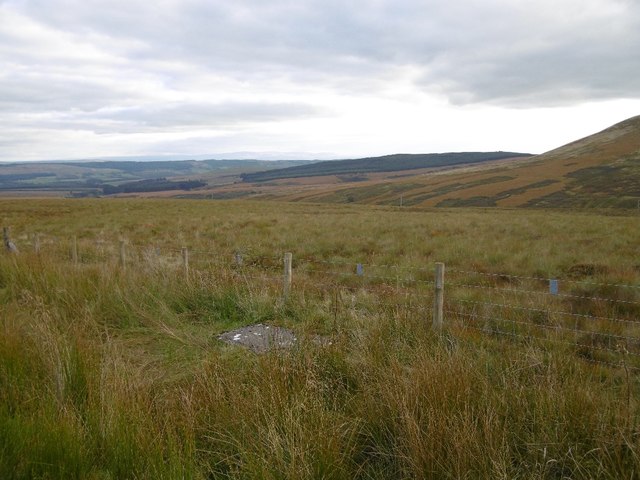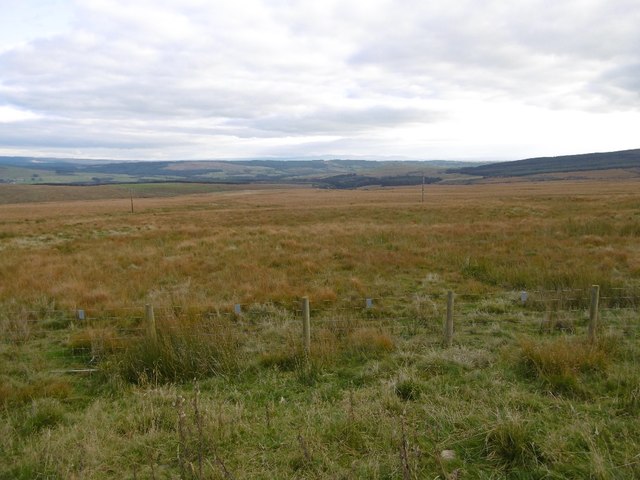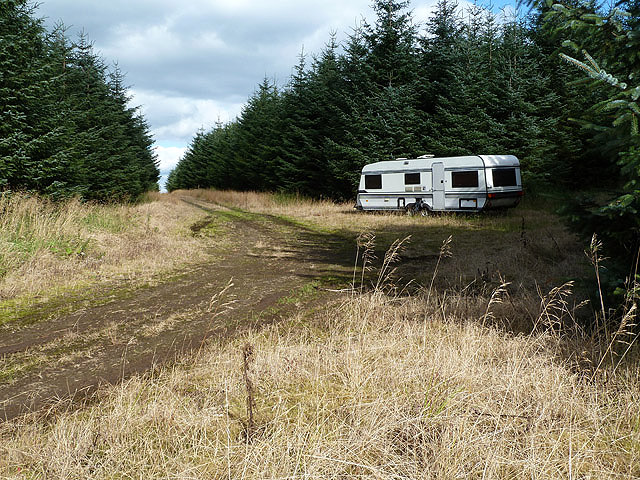Tinnis Hill
Hill, Mountain in Roxburghshire
Scotland
Tinnis Hill
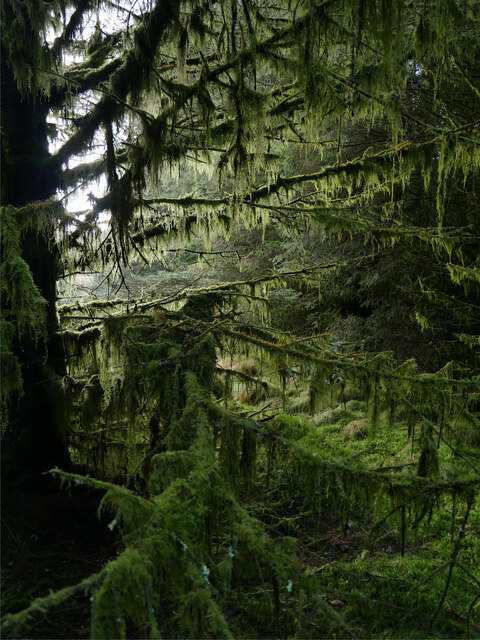
Tinnis Hill is a prominent hill located in the county of Roxburghshire in the Scottish Borders region of Scotland. With an elevation of 271 meters (889 feet), it is not classified as a mountain but rather a hill. Despite this, it still offers stunning panoramic views of the surrounding countryside.
Situated near the village of Oxnam, Tinnis Hill is a popular destination for hikers and nature enthusiasts. The hill is easily accessible via a well-marked footpath that leads to the summit, making it a relatively easy climb for all skill levels. The path winds its way through lush green fields and offers glimpses of local wildlife along the way.
At the top of Tinnis Hill, visitors are rewarded with breathtaking views of the rolling hills and valleys that characterize the Roxburghshire landscape. On clear days, it is even possible to catch a glimpse of the Cheviot Hills, located to the south.
Tinnis Hill is also known for its historical significance. At the base of the hill lies Oxnam Kirk, a historic church dating back to the 12th century. The churchyard contains ancient gravestones, providing a glimpse into the area's rich history.
Overall, Tinnis Hill offers a perfect blend of natural beauty, outdoor activity, and historical interest to those who venture to its summit.
If you have any feedback on the listing, please let us know in the comments section below.
Tinnis Hill Images
Images are sourced within 2km of 55.160148/-2.8947279 or Grid Reference NY4385. Thanks to Geograph Open Source API. All images are credited.
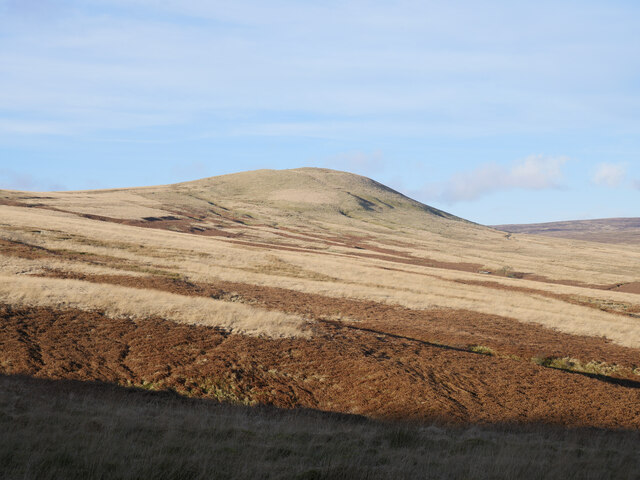
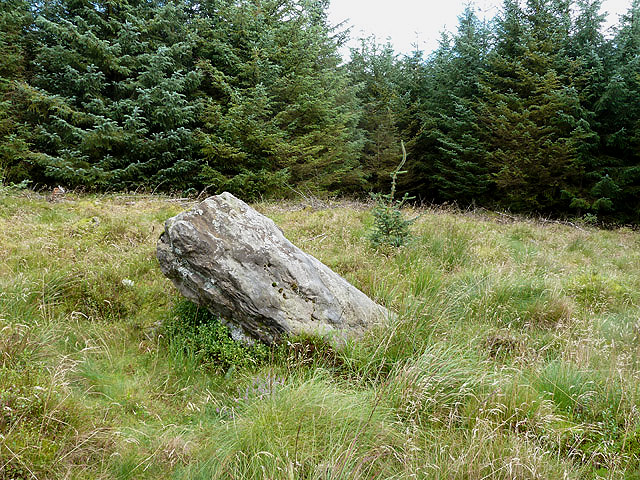
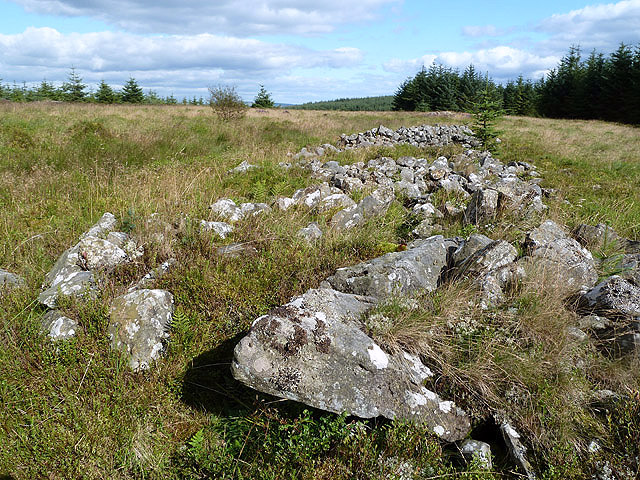
Tinnis Hill is located at Grid Ref: NY4385 (Lat: 55.160148, Lng: -2.8947279)
Unitary Authority: The Scottish Borders
Police Authority: The Lothians and Scottish Borders
What 3 Words
///imparting.helm.helpful. Near Langholm, Dumfries & Galloway
Nearby Locations
Related Wikis
Ettleton
Ettleton is a village near Castleton, in the Scottish Borders area of Scotland, in the former Roxburghshire. == Etymology and history == Ettleton Parish...
Mangerton Tower
Mangerton Tower is a ruined Scottish tower castle house formerly belonging to the Armstrong family. Mangerton Tower is at Mangerton in Newcastleton or...
Penton railway station
Penton railway station served the parish of Penton from 1862 to 1969 on the Border Union Railway. == History == The station opened on 1 March 1862 by the...
Kershope Foot railway station
Kershope Foot railway station served the hamlet of Kershopefoot, Cumbria, from 1862 to 1969 on the Border Union Railway. == History == The station opened...
Nearby Amenities
Located within 500m of 55.160148,-2.8947279Have you been to Tinnis Hill?
Leave your review of Tinnis Hill below (or comments, questions and feedback).
